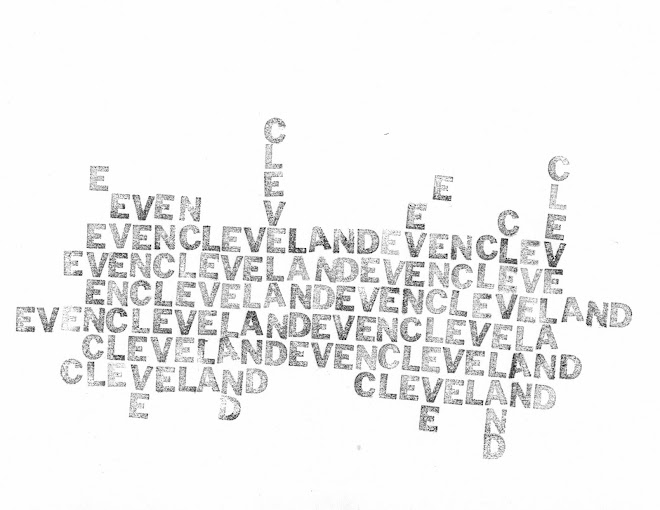Albert Weisgerber: illustration for “The Seven Ravens” from Jacob and Wilhelm Grimm's Kinder-und Hausmärchen (1912). Via The Public Domain Review.
*
*
Mosaic-decorated stove from La Maison Picassiette (The Plate-Stealer's House) in Chartres, created by Raymon Eduoard Isidore between 1938-1964; photographed by John Vere Brown for The World of Interiors, January 1982.
*
Albert York, "Figures in a Field," 1963. Via Peter Shear.
*
Cy Twombly's notes on George Seferis' "Solstice," via Edmund de Waal.
*
At the heart of the mysteries of the Vedas, revealed by the people of India, lies the Altar of Fire: a sacrificial construct made from bricks laid down in precise mathematical proportions to form the shape of a huge bird of prey—an eagle, or a hawk, perhaps. According to Roberto Calasso, it was a gift from the primordial deity at the origin of everything: Prajapati, Lord of Creatures. When his children, the gods, complained that they could not escape from Death, he gave them precise instructions for how to build an altar that would permit them to ascend to heaven and attain immortality: “Take three hundred and sixty border stones and ten thousand, eight hundred bricks, as many as there are hours in a year,” he said. “Each brick shall have a name. Place them in five layers. Add more bricks to a total of eleven thousand, five hundred and fifty-six.” The gods built the altar and fled from Mrtyu, Death itself. However, Death prevented human beings from doing the same. We were not allowed to become immortal with our bodies; we could only aspire to everlasting works. The Vedic people continued to erect the Altar of Fire for thousands of years: with time, according to Calasso, they realized that every brick was a thought, that thoughts piled on top of each other created a wall—the mind, the power of attention—and that that mind, when properly developed, could fly like a bird with outstretched wings and conquer the skies.
Benjamín Labatut, "The Gods of Logic," Harpers, July 2024.
*
"I sometimes think," said Olivia, "from watching, of course, because I am not experienced, I think experience can be a—block." Again it was clumsy, but she knew what she meant."And why?" asked Angela, amused."Because if you think you know, you don't ask questions," said Olivia slowly, "or if you do ask, you don't listen to the answers." Olivia had observed this often. "Everyone, everything, each thing, is different, so that it isn't safe to know. You—you have to grope."
Rumer Godden, An Episode of Sparrows.
*
It’s a persistent human error; we cannot resist trying to understand what we are hardwired not to. If anything, the death of God has left a conspicuously empty seat in the rafters that we keep trying to inhabit—that purely transcendent, objective vantage outside the totality of things. Spinoza called it sub specie aeternitatis. Hannah Arendt named it “the Archimedean point.” Thomas Nagel termed it the “View from Nowhere.”
Meghan O'Gieblyn, "The Trouble With Reality." The New York Review, 3/21/2024.
*
An ivory ribbon, a speckled lobster, blown poppies, a lascivious oyster. A hand mirror reflecting a whitish lake, a heavy key. These are seen to be her concerns, lacquerish, decorative, romantic. But the hand mirror fills with blood, the cabinet of wonders displays a skull. On the other side of the pomegranate, maggots like instinct pearls.
Patricia Lockwood, "Isn't that ... female?" The London Review of Books, Vol. 46 No. 12., 6/20/2024.
*
Stephanie remembered other libraries ... She remembered the sensation of knowledge, of grasping an argument, seizing an illustration, seeing a link, a connection, between this ancient Greek idea here and this 17th-century English one, in other words. Knowledge had its own sensuous pleasure, its own fierce well-being, like good sex, like a day in bright sun on a hot empty beach. She thought of these various lights, Plato’s sun, Daniel’s body, that first moment of Will’s separate life, herself in sunlight, and thought, as she had not thought clearly for some long time, of ‘my life’, of the desired shape of ‘my life’ as it had seemed so clear and so bright in that earlier library. She thought: this will not do, I must think about the ‘Immortality Ode’, I have no time, any more. And saw that she was thinking about the ‘Immortality Ode’, that the poem was about all these things, the splendour in the grass, the need for thought, the shape of a life, the light.
A.S. Byatt, Still Life.






